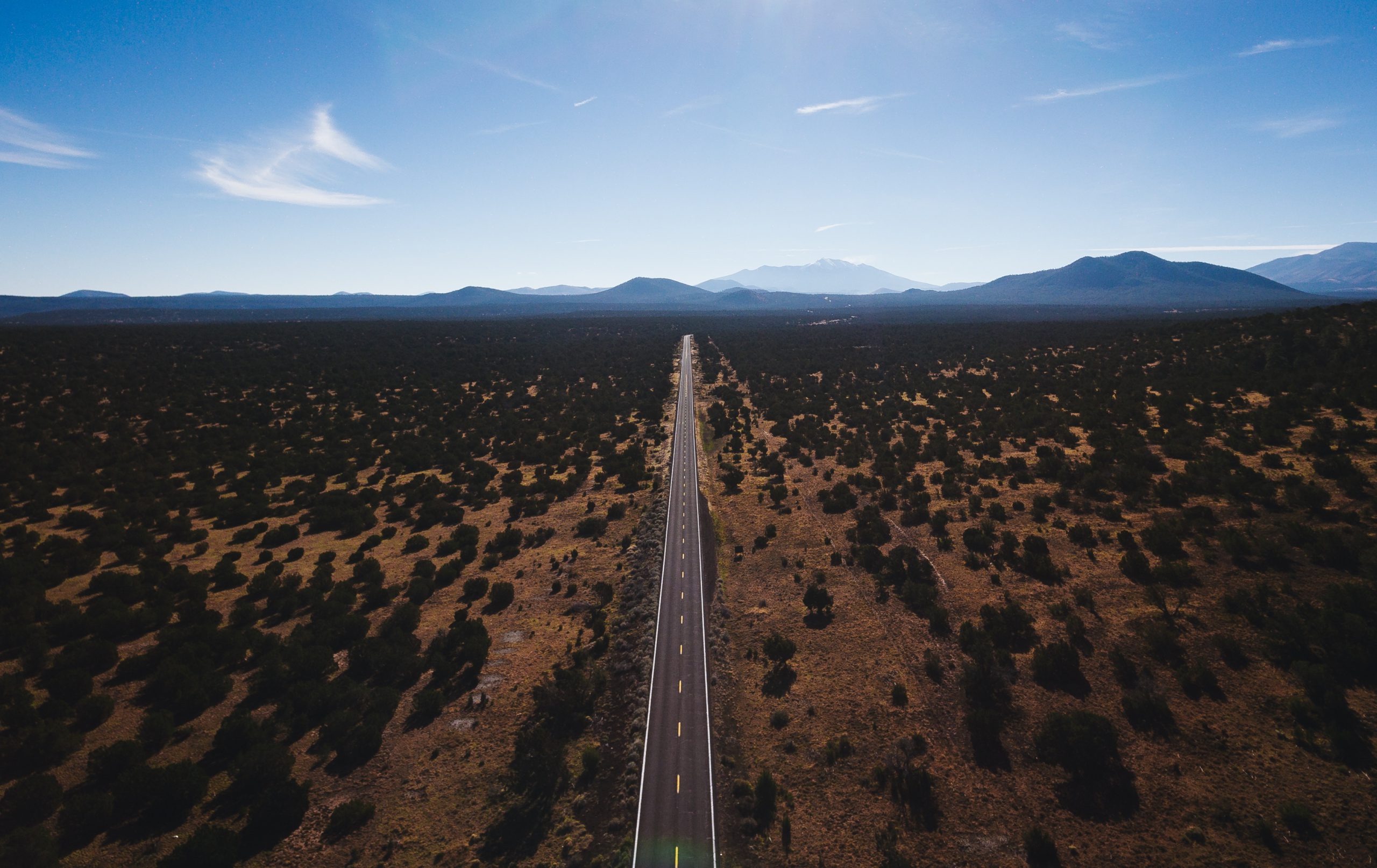Ohio’s Route 33 is now home to the longest stretch of autonomous car-ready highway, contributing to what is shaping up to be a landmark year for driverless car technology. I suppose every year from now on will be a landmark year for driverless car technology, but it might be possible to say that this is the first year which could be considered a landmark year, and Ohio’s new highway technology is a further manifestation of that. Over the last month engineers have been laying down a 35-miles stretch of fibre optic cable alongside Route 33. The $218 million project will allow the road to communicate with cars about upcoming traffic, weather changes, road conditions and accidents. One assumes the stretch of road will become a testing ground, and there’ll be plenty to test. Prior to this year, when it came to autonomous cars, we just had a bunch of videos released which showed a car driving itself probably around a carpark and probably lacking a certain grace about its movements. This year, on the other hand, the popcorn has started to pop. Elon Musk reckons that by the time new year’s parties are under way we will have borne witness to a car driving, unaided by any sentient being, from point A to point B. And, this being Elon Musk, point A and point B were defined with characteristic ambition; LA to New York. This means that not just the driverless technology but also the battery technology will have to be up to scratch. Compare this to when Tesla first set up shop. Car manufacturers used to look at them with a curious and playfully condescending smile, now they all have their own battery technology. Added to this, Bill Joy has recently joined the fun, claiming to have created alkaline batteries which are rechargeable and far cheaper than the lithium-ion solution most have opted for. This level of significant competition in car manufacturing and the underlying technology lends the sector legitimacy, it’s the start of the concept of driverless cars becoming normalised. And it’s not just other players getting stuck in on the competition side. This year has seen both US and UK governments begin the process of legislating the autonomous car industry. It won’t be easy to settle on a set of laws since autonomous cars will face ethical decisions not even humans have to face. But governments are coming to terms with the inevitability of autonomous vehicles. And the UK government has gone further still, issuing guidelines on the cyber security aspect of these vehicles, pithily entitled “Principles of cyber security for connected and automated vehicles”, as though it’s a 17th century physics thesis. Some people will doubtless still be sceptical. And there are mishaps – like cars being fooled by stickers on road signs – which I have to say I find more endearing than disheartening. But so far this year, certainly if Musk’s ambitions come to fruition, we will see a car complete a journey which is both impressive and genuinely viable for consumers. We have also already seen fairly comprehensive government legislation passed, and with Ohio’s fancy new highway we have the start of autonomous vehicle-specific infrastructure. A future where our roads are filled with driverless cars is… well, it’s all starting to feel rather tangible, don’t you think?
Ohio has been laying a stretch of autonomous car-ready highway
By Techli
8 agosto, 2017









